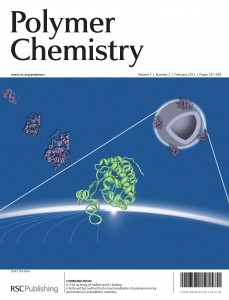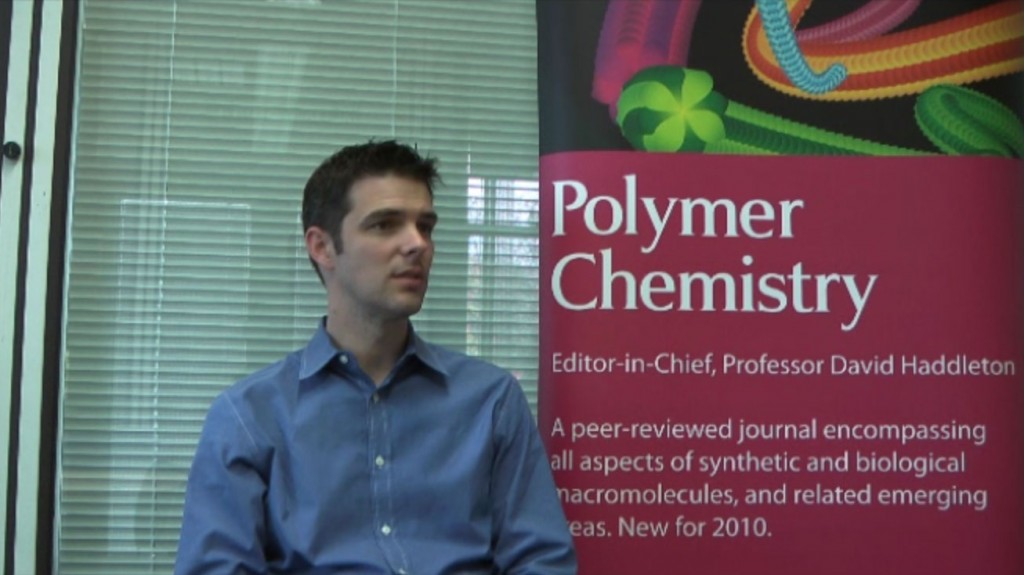 Andy Cooper obtained his Ph.D at the University of Nottingham in 1994 for the study of organometallic reaction mechanisms. He then held an 1851 Fellowship at the University of North Carolina at Chapel Hill, USA, working on polymerization reactions and phase transfer processes in supercritical fluids (1995–1997). He next held a Ramsay Memorial Research Fellowship at the Melville Laboratory for Polymer Synthesis in Cambridge, working on heterogeneous polymerizations in supercritical CO2 (1997–1999). He joined the University of Liverpool in January 1999 as a Royal Society University Research Fellow, where he now holds a personal chair. He is the founding Director of the Centre for Materials Discovery (established in 2007) and was a cofounder of a spin-out company, IOTA NanoSolutions, in 2005. He was Head of Chemistry and then Head of the School of Physical Sciences in the period 2007–2011. In addition to research in polymer chemistry, he has interests in crystal engineering, colloid science, and chemical problems related to energy.
Andy Cooper obtained his Ph.D at the University of Nottingham in 1994 for the study of organometallic reaction mechanisms. He then held an 1851 Fellowship at the University of North Carolina at Chapel Hill, USA, working on polymerization reactions and phase transfer processes in supercritical fluids (1995–1997). He next held a Ramsay Memorial Research Fellowship at the Melville Laboratory for Polymer Synthesis in Cambridge, working on heterogeneous polymerizations in supercritical CO2 (1997–1999). He joined the University of Liverpool in January 1999 as a Royal Society University Research Fellow, where he now holds a personal chair. He is the founding Director of the Centre for Materials Discovery (established in 2007) and was a cofounder of a spin-out company, IOTA NanoSolutions, in 2005. He was Head of Chemistry and then Head of the School of Physical Sciences in the period 2007–2011. In addition to research in polymer chemistry, he has interests in crystal engineering, colloid science, and chemical problems related to energy.
Please follow the link for further information on Andy’s research group and his recent paper published in Polymer Chemistry.
What was your inspiration in becoming a chemist?
The constant albeit small chance of discovering something really remarkable and important, this is what makes research so exciting.
What was the motivation behind the research in your recent Polymer Chemistry paper?
We published our first paper on conjugated microporous polymers (CMPs) in 2007 (Angew. Chem., Int. Ed., 2007, 46, 8574). There have been several nice follow-up studies since, but the most interesting have exploited the combination of extended conjugation and porosity in these materials. For example, one of the best papers in this area was published last year by Prof. Donglin Jiang (Angew. Chem., Int. Ed., 2011, 50, 8753) describing supercapacitive CMPs that rival nanocarbons. For these applications it will be important to control both porosity and also physical properties related to conjugation, such as optical band gap or charge mobility. In this new study, we set out to synthesize triazine analogues of our first CMP materials. We found that the materials, while amorphous, were ‘isoreticular’ in the sense that changing from benzene to triazine nodes does not affect the microporosity. The triazine CMPs, however, showed slightly higher CO2 uptakes and optical band gaps that can be varied by copolymerization. Variation of band gap could be useful in applications like photocatalysis. Prof. Wenbin Lin at UNC has shown that related materials are good photocatalysts.
Why did you choose Polymer Chemistry to publish your work?
I’ve found that the RSC journals have fast publication times and good editing and refereeing. I’m sure Polymer Chemistry will not be an exception.
In which upcoming conferences may our readers meet you?
2012 ACS meetings (both Spring and Fall), Pott Shrigley, and of course Warwick 2012.
How do you spend your spare times?
I haven’t had time for ‘hobbies’ as such for years, but I did recently take up mountain biking. Perhaps this signifies a mid-life crisis…
Which profession would you choose if you were not a scientist?
A stunt man. You get to live in a trailer.











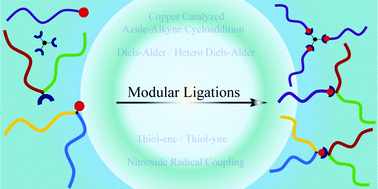
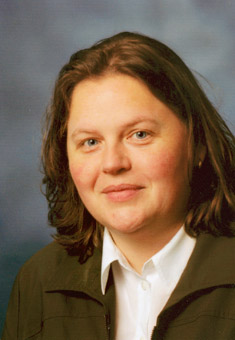 Sabine Beuermann studied chemistry and received a Ph.D. in Physical Chemistry in the group of Michael Buback at the Georg-August-University of Göttingen. After working as a visiting scientist at the DuPont Experimental Station in Wilmington/DE, she returned to Göttingen to work on her habilitation, which was finalized with the habilitation thesis on homogeneous phase polymerizations in supercritical carbon dioxide and the venia legendi for Technical and Macromolecular Chemistry. Since 2006 she is professor of Polymer Chemistry at the University of Potsdam. Current research interest include synthesis, characterization, and modification of vinylidene fluoride polymers, polymerizations in supercritical carbon dioxide or ionic liquids, reversible deactivated radical polymerizations, functionalization of nanoparticles or fullerenes with fluorinated polymers, and detailed investigations into the kinetics of radical polymerizations. Since 1996 she is a member of the IUPAC Subcommittee on “Modeling of Kinetics and Processes of Polymerization”.
Sabine Beuermann studied chemistry and received a Ph.D. in Physical Chemistry in the group of Michael Buback at the Georg-August-University of Göttingen. After working as a visiting scientist at the DuPont Experimental Station in Wilmington/DE, she returned to Göttingen to work on her habilitation, which was finalized with the habilitation thesis on homogeneous phase polymerizations in supercritical carbon dioxide and the venia legendi for Technical and Macromolecular Chemistry. Since 2006 she is professor of Polymer Chemistry at the University of Potsdam. Current research interest include synthesis, characterization, and modification of vinylidene fluoride polymers, polymerizations in supercritical carbon dioxide or ionic liquids, reversible deactivated radical polymerizations, functionalization of nanoparticles or fullerenes with fluorinated polymers, and detailed investigations into the kinetics of radical polymerizations. Since 1996 she is a member of the IUPAC Subcommittee on “Modeling of Kinetics and Processes of Polymerization”.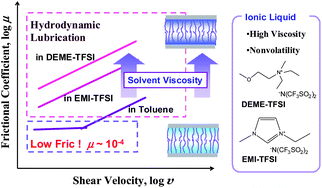
 Graeme Moad was born in Orange, NSW, Australia. He obtained his BSc (Hons, First Class) and PhD from the University of Adelaide in the field of organic free radical chemistry. After undertaking post-doctoral research at Pennsylvania State University in the field of biological organic chemistry he joined CSIRO in 1979 where he is is currently a chief research scientist. He is also a project leader within the Cooperative Research Centre for Polymers. Dr Moad is author or co-author of over 150 publications, co-inventor of 34 patent families (12 relate to the RAFT process) and co-author of the book “The Chemistry of Radical Polymerization”. More than 12,500 papers cite his work and his h-index is 52. His research interests lie in the fields of polymer design and synthesis (radical polymerization, reactive extrusion, polymer nanocomposites) and polymerization kinetics and mechanism. Dr Moad is a Fellow of the Royal Australian Chemical Institute and he has recently been elected as a titular member of the Polymer Division of the International Union of Pure and Applied Chemistry.
Graeme Moad was born in Orange, NSW, Australia. He obtained his BSc (Hons, First Class) and PhD from the University of Adelaide in the field of organic free radical chemistry. After undertaking post-doctoral research at Pennsylvania State University in the field of biological organic chemistry he joined CSIRO in 1979 where he is is currently a chief research scientist. He is also a project leader within the Cooperative Research Centre for Polymers. Dr Moad is author or co-author of over 150 publications, co-inventor of 34 patent families (12 relate to the RAFT process) and co-author of the book “The Chemistry of Radical Polymerization”. More than 12,500 papers cite his work and his h-index is 52. His research interests lie in the fields of polymer design and synthesis (radical polymerization, reactive extrusion, polymer nanocomposites) and polymerization kinetics and mechanism. Dr Moad is a Fellow of the Royal Australian Chemical Institute and he has recently been elected as a titular member of the Polymer Division of the International Union of Pure and Applied Chemistry.![Graphical abstract: An isoindigo and dithieno[3,2-b:2′,3′-d]silole copolymer for polymer solar cells](http://pubs.rsc.org/services/images/RSCpubs.ePlatform.Service.FreeContent.ImageService.svc/ImageService/image/GA?id=C1PY00402F)
 Directeur de Recherches at CNRS, Bruno Ameduri leads the “Fluoropolymers and Energy” team at the “Engineering and Macromolecular Architectures” Team of Institute Charles Gerhardt in Montpellier, France. His main interests focus on the synthesis and the characterization of fluorinated monomers (including cure site monomers and telechelics), telomers and copolymers for various applications such as surfactants, elastomers, coatings, and polymers related to energy (fuel cell membranes, polymer gel electrolytes for Li-ions batteries and PV). Coauthor of one book, 22 reviews or chapters of books, more than 210 peer review publications and coinventor of more than 55 patents, he is also a member of the American and French Chemical Societies and is a member of the Editorial Boards of the Journal of Fluorine Chemistry, European Polymer Journal, Polymer Bulletin, and Associated editor of Polymer Journal (Japan). Out of research, Bruno enjoys cycling, skiing, jogging and playing soccer and tennis with his 2 sons, and is an active member of the “Rire” Association and, dressed as a clown, visits sick children in hospitals of Montpellier and abroad.
Directeur de Recherches at CNRS, Bruno Ameduri leads the “Fluoropolymers and Energy” team at the “Engineering and Macromolecular Architectures” Team of Institute Charles Gerhardt in Montpellier, France. His main interests focus on the synthesis and the characterization of fluorinated monomers (including cure site monomers and telechelics), telomers and copolymers for various applications such as surfactants, elastomers, coatings, and polymers related to energy (fuel cell membranes, polymer gel electrolytes for Li-ions batteries and PV). Coauthor of one book, 22 reviews or chapters of books, more than 210 peer review publications and coinventor of more than 55 patents, he is also a member of the American and French Chemical Societies and is a member of the Editorial Boards of the Journal of Fluorine Chemistry, European Polymer Journal, Polymer Bulletin, and Associated editor of Polymer Journal (Japan). Out of research, Bruno enjoys cycling, skiing, jogging and playing soccer and tennis with his 2 sons, and is an active member of the “Rire” Association and, dressed as a clown, visits sick children in hospitals of Montpellier and abroad.
